Getting More Done with Fewer Meetings
Have you ever had the experience of meeting déjà vu? You are sitting at a second, or even a third meeting, and discussing exactly the same thing that you did when you met for the first time with the same group of people.
How does this make you feel?
I can't stand it. It drives me bonkers! It makes me feel underutilized and completely disinterested in attending future meetings.
I know I'm not alone. Research shows that workers’ general satisfaction or dissatisfaction with their jobs correlates with the way that they feel about the effectiveness of meetings they attend. And this holds true even after controlling for personality traits and environmental factors such as work design, supervision, and pay! Yet in my work with teams, I still hear a frequent complaint that meetings go nowhere.
“We meet and come up with action items, but nothing seems to get done. They’re a waste of my time.”
In service to better meetings everywhere, I am sharing a simple tool that you can start using immediately to boost your meetings’ productivity. Use it to take your meetings to a whole new level. Your colleagues will thank you!
Here’s what to do, in 5 simple steps:
1. Create a meeting agenda. If you don’t do this already, start doing it for every meeting. Click here for best practices on meeting agendas.
2. Reserve 10 minutes at the end of your meeting for a standing item: Next Steps.
3. Use the Next Steps section of the meeting agenda to write on a flipchart or a whiteboard the following three columns: What. Who. By When. Engage everyone at the meeting in filling out those three items for EVERY action item. Make sure that you have the chart visually represented so that everyone can see it. You want full transparency. Create a simple chart like the one below.
4. Choose someone at the meeting who will record these next steps and send them out to everyone after the meeting.
5. Identify as a group how you will check in on progress. Will you report out on the action items at the next meeting? Will one person be responsible for checking in with everyone responsible for an action item? Will you have 10-minute check-ins every 5 days to share progress? Any of these are great options – the point is to spend a minute or two AS A GROUP deciding how you will stay focused.
Most teams do some version of this by identifying the action items, but may neglect to determine they need to complete the action item. Following through on all three of these questions creates clarity about who is in charge of what. It will eliminate the deep abyss that many action items travel to (and remain stuck in)!
Think about this: If you have 8 people on your team and you all meet for an hour, that is 8 hours of people time…a full DAY of work. Isn’t it worth your time to make sure that you are using it well?
Using a NEXT STEPS chart will immediately boost your meetings’ effectiveness.
Are you looking to up your meeting game? Contact Amanda Silver Consulting to learn how we can help.


